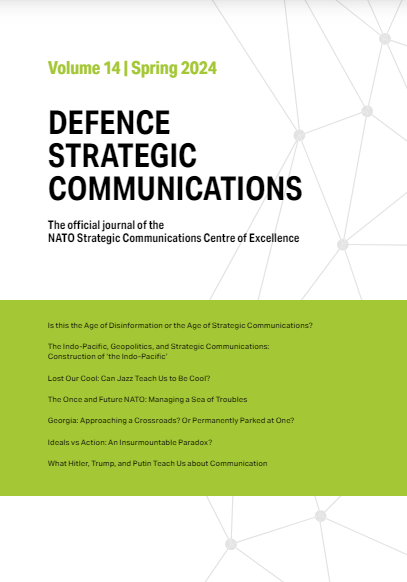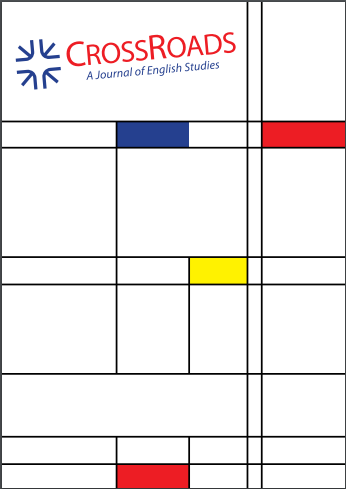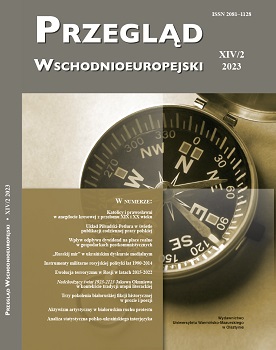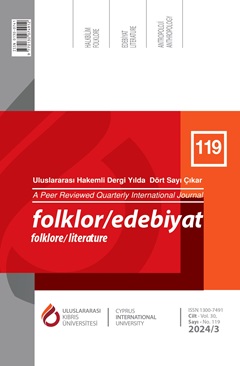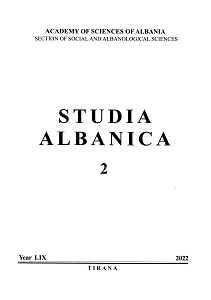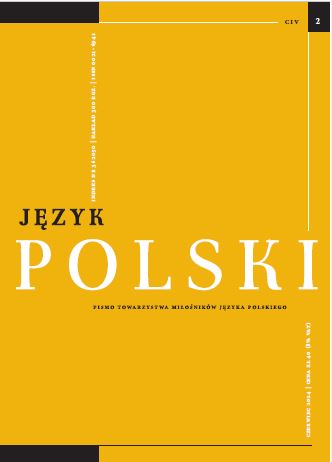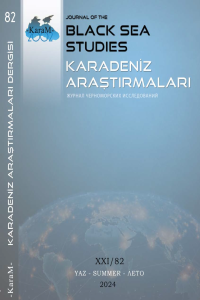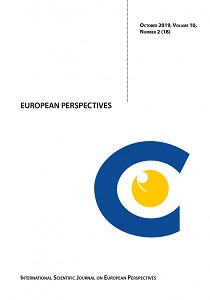
Diplomacy in a Geocentered overview of The Rainbow Beyond the Soul
The specialists in Literary Spatial Studies and Geo-informational sciences are well informed about the existence of a new literary approach in reading fictional settings in which plots take place. Geocriticism has been coined as a term by Bertrand Westphal, a French literary critic who, since 2000, aims to revert the historic perspective of reading literature by inviting readers to focus on the spatiality of a book. The departure point of anyone who tends to apply the geocentered approach is to start reading a novel by narrowing its perspective to the places where different chapters and narrative moments take place. This article aims to focus on the fictional geography of Milan Jazbec’s first novel on diplomacy entitled The Rainbow Beyond the Soul and to examine the overall dynamics of the narration through the places used as settings for the different episodes of the plot. This way, the geocentered analysis of this novel tends to take a closer look at the complexity of the story and the characters and to better understand the style of Jazbec’s narration.
More...
